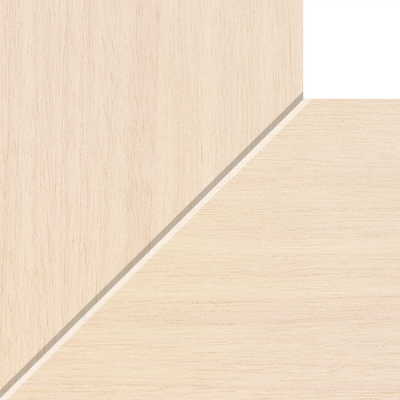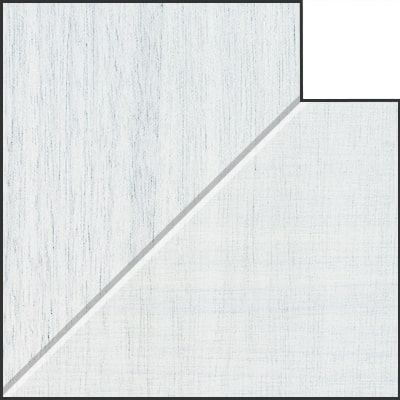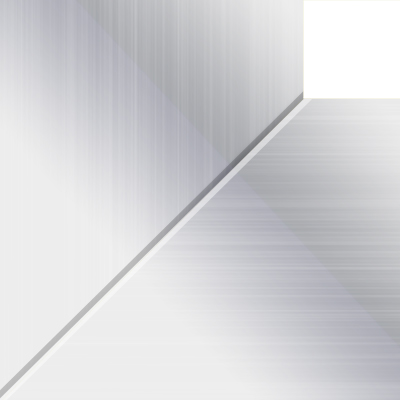This acrylic paint, chalk, crayon and pen composition offers a rich visual commentary on societal upheaval and vulnerable groups' peril. The composition is layered with symbolic elements that convey a sense of precariousness and injustice.
Thematically, the painting addresses the erosion of hard-won rights and the false reassurances given by those in power:
The black gingerbread man figure at the cliff's edge represents the ordinary person who is most at risk, lulled into a false sense of security by deceptive promises of protection. The young and old male figures symbolize the generational passage of time and the shattered optimism that progress and fairness are inevitable - a belief many held in late 20th-century America that has proven naive.
Most disturbingly, the nude black female figure starkly illustrates how basic rights and bodily autonomy have been stripped away, exemplified by the overturning of Roe v. Wade. Her exposure and lack of agency are deeply unsettling. The looming eye in the turbulent sky, a perversion of the "divine providence" ideal, suggests that even under the gaze of higher powers, grave injustices are allowed to happen, and promises of protection are revoked.
Structurally, the configuration of elements creates an atmosphere of imbalance and danger. The Areopagus, a symbol of justice, slips precariously off its foundation, implying that the very systems meant to protect the vulnerable are unstable. The cliff's edge creates an uneasy weightlessness — there is no visible landing for the figures, only an abyss. The unclothed woman's scale and prominence demand that the viewer confront her plight.
Overall, this powerful work warns of the human costs when society regresses and fails its most defenseless members. It exposes the hollowness of espoused ideals and the razor's edge between security and calamity on which many find themselves. The painting is a vivid call to recognize injustice and the duties owed to each other before more lives are imperilled and cast adrift.





























































